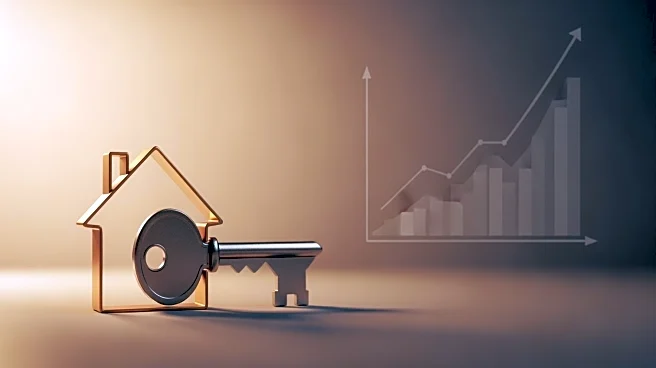What's Happening?
Mortgage rates in the U.S. have fallen to their lowest level in a year, dropping below 6.2%. This decline is linked to the Federal Reserve's interest rate cuts and the falling 10-year Treasury yield. The
lower rates present an opportunity for homeowners, especially those who purchased homes in the past two years when rates were higher, to refinance and reduce their monthly payments. However, experts caution that refinancing comes with costs, and homeowners should carefully evaluate the financial benefits.
Why It's Important?
The drop in mortgage rates can significantly impact the housing market by making homeownership more affordable and encouraging refinancing. This trend could lead to increased economic activity in the real estate sector and related industries. For homeowners with high-interest rates, refinancing could result in substantial savings, but they must consider the associated costs and long-term implications.
What's Next?
As the Federal Reserve continues to adjust interest rates, mortgage rates may fluctuate, influencing refinancing decisions. Homeowners should stay informed about economic trends and policy changes to make informed financial decisions. Lenders may offer options to minimize refinancing costs, and homeowners should explore these possibilities to maximize savings.











